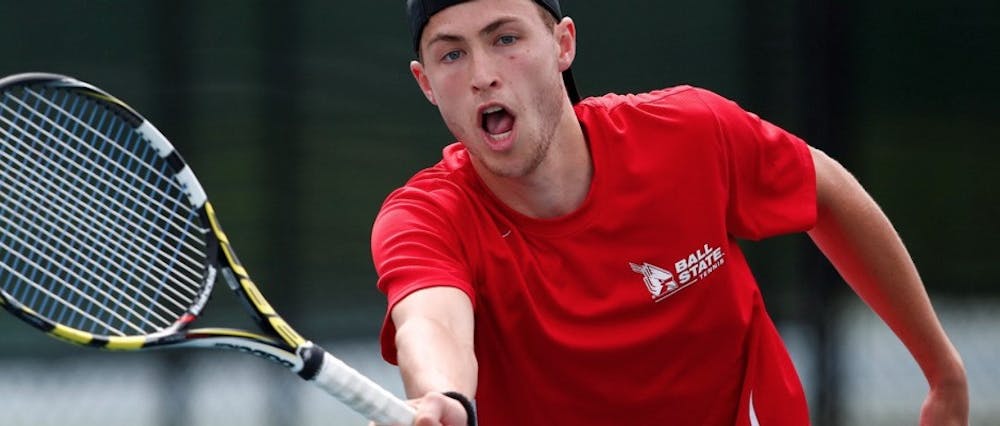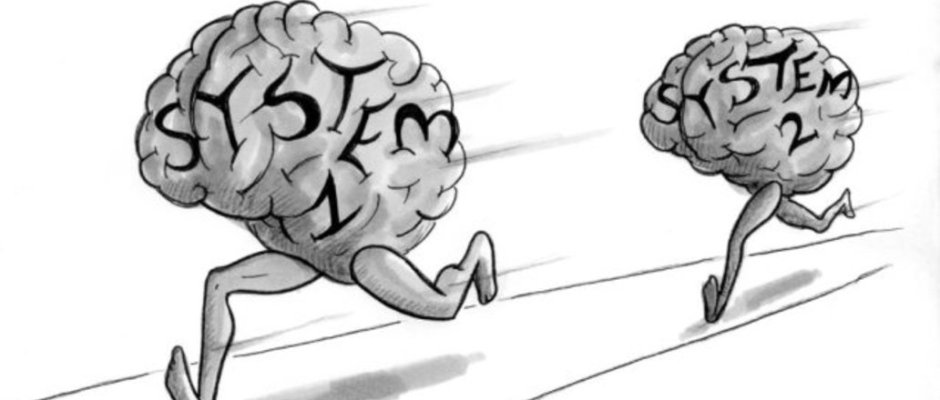Life requires quick decisions. Sports can require even quicker decisions.
For example, a 100 mph pitch thrown from 90 feet in Major League Baseball takes roughly 0.38 seconds to cross the plate, while a softball pitched at 70 mph from 43 feet crosses in about 0.35 seconds.
In that time, batters must decide whether or not to swing, factor in the type of pitch thrown and detect where it will cross the plate.
When put in terms of math and physics, you can't help but wonder how such a short reaction time is even possible. The secret behind is what's known as Systems 1 and 2 of the brain.
Societal stereotypes tend to frame athletes as "dumb jocks", yet that isn't necessarily true. The brain works hard during sports, but not in the same way it does in the classroom.
Forget being left-brained or right-brained, psychologist Daniel Kahneman refers to the two different parts of the brain as System 1 and System 2 in his book Thinking, Fast and Slow.
In the classroom we are encouraged to use System 2: the part of the brain responsible for logic, creative thought, and critical thinking. While playing sports, however, most of the time an athlete must use System 1: the part of the brain associating heavily to past experiences and has the ability to make the quick decisions necessary for the respective sport. The two systems work together to produce an athlete's performance on the field.

In an article by Dan Peterson on the Axon Sports website about a quarterback's mind, he writes "think of System 1 as the instant reactions the [quarterback] has on the field to play in front of him, while System 2 is the hours of study and preparation of a game plan leading up to the game."
In other words, System 2 works in practice while System 1 is called up for the game.
A big aspect in sports is repetition.
In baseball and softball, this repetition comes in batting practice, playing catch or going through pitch wind-ups. It seems crazy, but it's all done to sharpen muscle memory -- and it's the muscle memory which allows System 1 to take over in a game.
In a game, athletes don't have time to think, they just react. As System 2 works hard during all the hours strategizing and learning the game, it eventually becomes second nature and turns into System 1 thinking to utilize in a game.
Although softball and baseball pitches demand quick reaction times, tennis is even faster.
According to an article written by Lisa M. Krieger of Mercury News, serves by British tennis player Samuel Groth have clocked in at 163 mph. While a tennis ball is served, the eyes of the receiver have to find the ball and the brain has to receive the message.
"It can take one-tenth of a second for the brain to process what the eye sees," Krieger says. "That means by the time the brain 'catches up' with incoming visual information, a fast-moving tennis or baseball would already have moved 10 to 15 feet closer than the image in the eye."
With an object traveling at you that fast, it has to be an instant System 1 decision and reaction.

- Conner Anderson balances System 1 & System 2 thinking during a match at Ball State.
Ball State tennis player Conner Andersen agrees.
"Eventually, over time, you can get that down over years of practice," Andersen said. "It moves from thinking about how to hit the ball to where to hit the ball. At that point, you don't even have to think about the technique."
Andersen believes tennis requires a unique combination of System 1 and System 2 thinking in matches.
"You have to do System 1 thinking quickly," Andersen said. "I think System 2 is in the background coaching you where to hit the ball."
In retrospect, it's funny to think about how athletes playing in a game or match, using mainly System 1, can have so much System 2 pain afterwards.
I know every time I left the softball field after a loss, my mind would race analyzing every move I had made in the game and if it would have made a difference in the result had I reacted differently. All the analyzing over wild pitches or fielding errors was really System 2 thinking it could change something System 1 had told my body to do.
The less System 2 thinking an athlete can have in a game the better, as overworking System 2 can make you over think, and lead to the mental slumps we so often fall into.
The mental processes going into playing a sport should not be underestimated. It takes a crafted mix of both Systems 1 and 2 to be an elite athlete. Practice with System 2, play with System 1.
Next time you refer to an athlete as a "dumb jock", you might want to reconsider.
- System 2 works in practice while System 1 is called up for the game.






